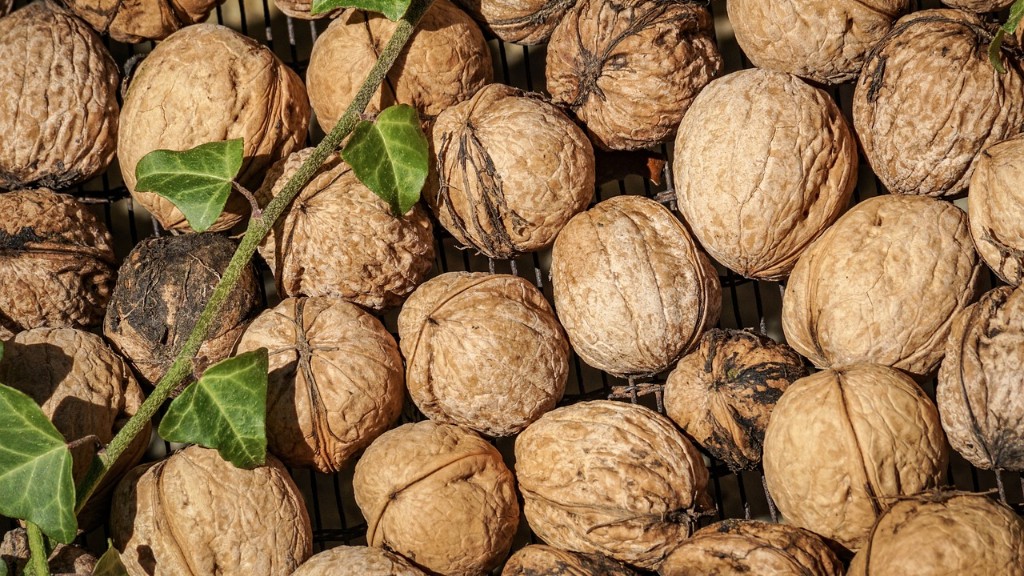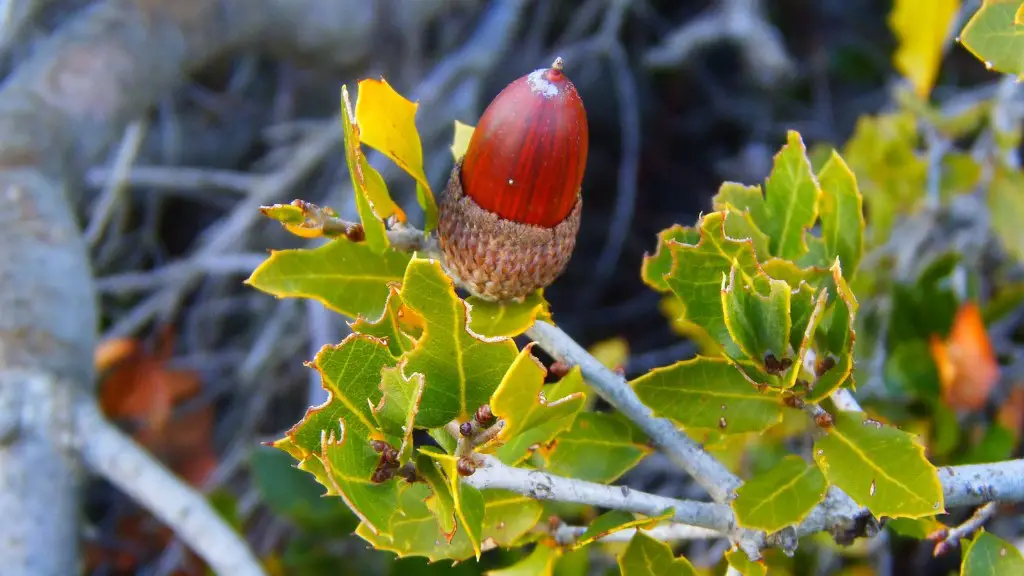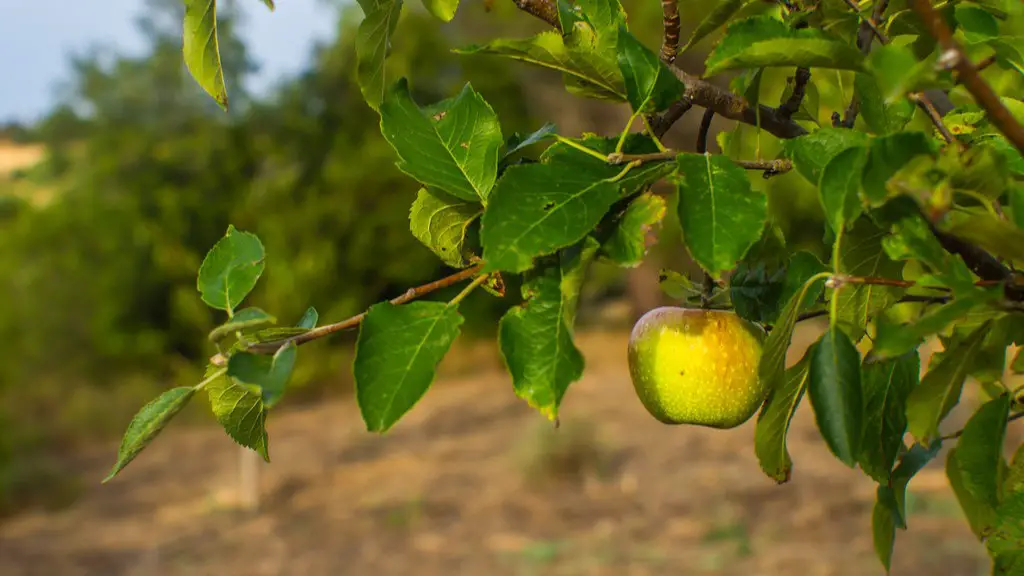Pistachios are a type of nut that is commonly consumed as a snack food. They can be eaten whole, diced, or ground into a paste. Pistachios are widely grown in countries such as Iran, Afghanistan, Pakistan, and the United States. The pistachio tree is a member of the cashew family, and its scientific name is Pistacia vera.
pistachios are a tree nut, not a groundnut.
Is pistachio a groundnut?
Pistachios are a type of drupe, which is a fruit with a hard pit that contains a seed. Although pistachios are technically not a true nut, they are often treated as such in the culinary world. Pistachios are also classified as a tree nut allergen, which means that they can cause an allergic reaction in some people.
A drupe is a type of fruit that has a hard, stony pit surrounded by flesh. The pistachio is a drupe that belongs to a group of drupes called “culinary nuts.” Other examples of culinary nuts include cashews and almonds. A real nut, also called a “true nut” or a “botanical nut,” is not a fruit but rather a seed encased in a hard, woody shell.
Can you eat pistachios If you have a tree nut allergy
It is important to note that you can be allergic to many different tree nuts, not just one. Allergies to tree nuts can cause a variety of symptoms, including swelling, itching, and difficulty breathing. If you have a tree nut allergy, it is important to avoid all tree nuts, as well as products that may contain tree nuts.
Proteins in peanuts are similar in structure to those in tree nuts. For this reason, people who are allergic to peanuts can also be allergic to tree nuts, such as almonds, Brazil nuts, walnuts, hazelnuts, macadamia nuts, pistachios, pecans, and cashews.
Which nuts are groundnuts?
Peanuts are a type of legume that is grown in many parts of the world. The peanut is also known by many other names, including the groundnut, goober pea, pindar nut, and ground bean. Peanuts are a popular food source due to their high protein and oil content. Peanuts are used in many different dishes, including peanut butter, candy, and baked goods.
If you are allergic to pistachios, it is likely that you will also be allergic to other plant foods. This is because pistachios and other plant foods share similar allergenic proteins. For example, cashews and pistachios share similar allergenic proteins, so those who are allergic to pistachios may also be allergic to cashews.
What to avoid with tree nut allergy?
Did you know that tree nuts can be hiding in some unlikely places? Breakfast cereals, candy, crackers, cookies, and chocolates are just some of the foods that may contain tree nuts. Even energy bars, flavored coffee, frozen desserts, and marinades can contain these allergens.
So if you have a tree nut allergy, be sure to check the labels of all food products before you eat them. And be aware that some lotions, shampoos, and soaps may also contain tree nuts.
Children who are allergic to cashew nuts are often also advised to avoid pistachio nuts, as they are botanically related. This is because they can cross-react with each other, causing a similar allergic reaction. If your child is allergic to cashew nuts, it is important to speak to a doctor or allergist to determine if they should also avoid pistachio nuts.
Which nuts are most allergenic
A tree nut allergy is one of the most common food allergies in both children and adults. The six tree nut allergies most commonly reported by children and adults are allergies to walnut, almond, hazelnut, pecan, cashew and pistachio. Allergies to these nuts can cause a variety of symptoms, from mild to severe, and can even be life-threatening. If you or someone you know has a tree nut allergy, it is important to be aware of the symptoms and to have a plan in place in case of an emergency.
If you have a tree nut allergy, it is important to be aware that you may be allergic to more than one kind of nut. Roughly 30 percent of people with a tree nut allergy are allergic to more than one nut. Allergies to tree nuts such as pistachios are common and often severe. These types of allergies typically develop by the age of 2. If you have a tree nut allergy, it is important to avoid all tree nuts, as well as products that may contain tree nuts.
Who should not eat pistachios?
If you think you might have fructan intolerance, it’s a good idea to avoid foods that contain this type of carbohydrate. Pistachios contain fructans, so they may cause problems for people with this condition. If you experience bloating or nausea after eating pistachios, it’s best to avoid them.
If you or someone you know has a pistachio nut allergy, it is important to be aware of the potential symptoms and to seek medical attention if they occur. The most common symptom is itching or swelling of the lips, mouth, or throat, but other symptoms can include hives, breathing problems, and anaphylaxis. In some cases, the symptoms can be life-threatening, so it is important to seek medical attention if they occur.
Can you eat Chick Fil A if you have a peanut allergy
We’re pleased to hear that our Chick-Fil-A locations are typically safe for those with peanut allergies! The oil used in our frying process is 100% refined peanut oil, meaning that the protein from the peanuts has been removed and shouldn’t pose a risk for those with peanut allergies. We hope this gives you the peace of mind you need to visit us and enjoy our delicious food!
It’s important to know that not all nuts come from trees. For example, water chestnuts, butternut squash, and shea nuts are all considered nuts, but they don’t come from trees. This is important to know if you have a tree nut allergy, as you may still be able to eat these other types of nuts.
Why are people allergic to cashews and pistachios?
Allergens found in both cashew and pistachio nuts include a vicilin-like protein, profilin, albumin, and globulin. However, pistachio nuts also contain a magnesium superoxide dismutase. These allergens can cause potentially serious reactions in susceptible individuals. Therefore, it is important to be aware of these potential allergens and to avoid consuming these nuts if you have an allergy.
American groundnut, also called hopniss, is a tuber from a bean plant. It is native to North America and is a relative of the South American potato. Hopniss can be eaten like a regular bean, with the beans, flowers, and shoots all being edible.
What is difference between groundnut and peanut
There are two plants that are commonly referred to as peanuts – the peanut plant and the groundnut plant. Both plants are members of the pea family, but they are not the same plant. The peanut plant is a annual plant that grows to be about 30 cm tall. The groundnut plant is a perennial plant that can grow to be about 1.5 m tall. The peanut plant produces seeds that are enclosed in a pod. The groundnut plant produces a sweet, edible tuber.
The peanut is a legume crop grown for its edible seeds. It is widely grown in the tropics and subtropics and is important to both small and large commercial producers. Peanuts are a good source of protein and contain essential vitamins and minerals. They can be eaten raw, roasted, or used in a variety of recipes.
Final Words
Pistachios are a tree nut, not a groundnut.
Pistachios are most commonly thought of as a tree nut, but they are actually classified as a drupe, or stone fruit. Pistachios are technically a groundnut, as they grow underground on vines. While they are related to other tree nuts like almonds and walnuts, they have a significantly different taste and texture.





